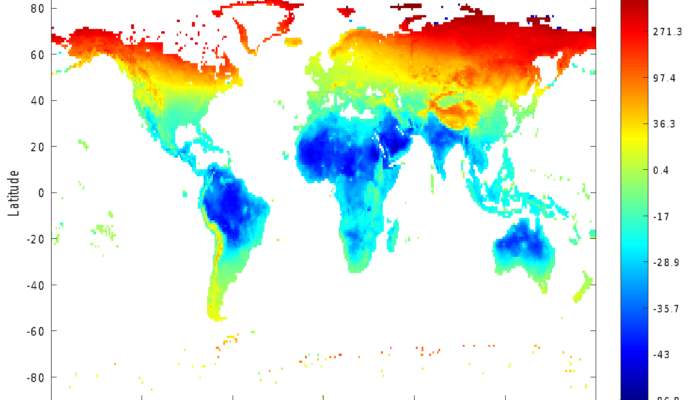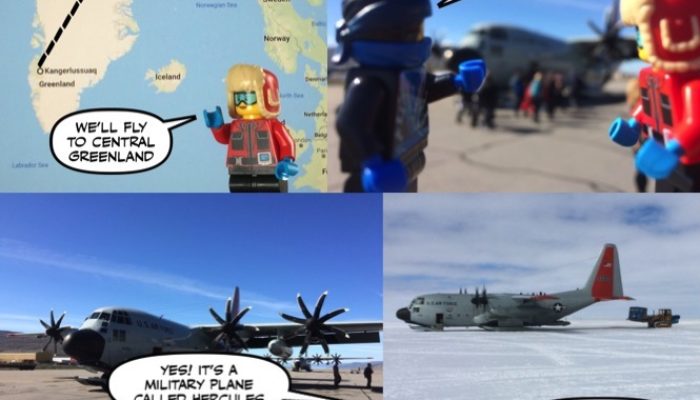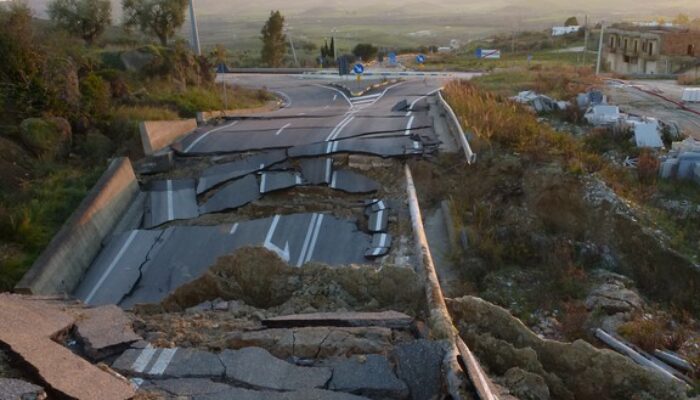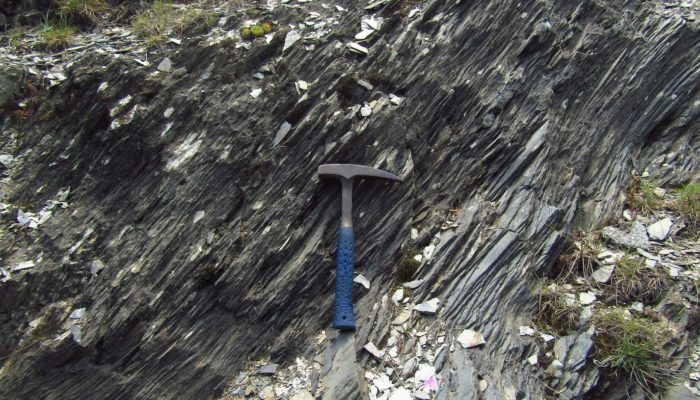Just before the summer a group of about 40 scientists gathered in an old Monastery in the Netherlands (Kontakt der Kontinenten, Soesterberg) for a rather special collaborative workshop entitled “Mathematics of the economy and climate”. Mathematicians, climate scientists and economists – a group of scientists that normally does not mix and are rather unfamiliar with each other’s researc ...[Read More]
Cryospheric Sciences
Cryo-adventures – Life and science at a central Greenland ice core drilling camp
How do you get there? Where will you sleep? What work will you do there?These are just a few of the many questions I got from family and friends when I told them that I would join the EastGRIP ice core project this summer. As a paleo climate and ice sheet modeller, I could only repeat the abstract information given to me, very conscious that I actually had no idea how it would be to live and work ...[Read More]
Geodynamics
The Sassy Scientist – Science Sweethearts II
Every week, The Sassy Scientist answers a question on geodynamics, related topics, academic life, the universe or anything in between with a healthy dose of sarcasm. Do you have a question for The Sassy Scientist? Submit your question here. Apollo and Artemis ask: What is your opinion on workplace romances? Following up on last week’s post, I’ll answer Apollo this time ‘round. Dear Apollo, There o ...[Read More]
Geochemistry, Mineralogy, Petrology & Volcanology
How do crystal aggregates form in magma chambers?
By Penny Wieser (PhD student at the University of Cambridge) Clues into the inner workings of volcanoes can be gleamed from material which is erupted at the surface, or that which solidified at depth in the crust. Just before eruption, three main phases are present: a gas phase (containing water, carbon dioxide, sulphur, chlorine etc), a liquid melt phase (the magma), and a solid phase (consisting ...[Read More]
Tectonics and Structural Geology
Beyond Tectonics: How the tectonic events of 1783 were perceived by the population of Europe
This edition of “Beyond Tectonics” is brought to you by Katrin Kleemann. Katrin is a doctoral candidate at the Rachel Carson Center/LMU Munich in Germany, she studies environmental history and geology. Her doctoral project investigates the Icelandic Laki fissure eruption of 1783 and its impacts on the northern hemisphere. “A Violent Revolution of Planet Earth” – The C ...[Read More]
Geodynamics
EGU GA 2020 call-for-sessions deadline
The deadline for session (and short course!) proposals for EGU 2020 is tomorrow on September 5, 2019! So, if you have a great idea for a session or a short course you still have a little bit of time to write a smashing proposal, find a nice co-convener and submit it to ensure that you will be able to access the convener’s party next year without a fuss. Why not share your knowledge on correct code ...[Read More]
Natural Hazards
Where science and communication meet: the editorial world of scientific journals.
The ultimate scope of scientists is to publish their research advancement and share it with the scientific community and civil society. Researchers, whether coming from academia or research institutes, publish their results in peer-reviewed journals, that are usually highly technical and often incomprehensible to anyone except the major experts in the field. In some subjects is inevitable given th ...[Read More]
Tectonics and Structural Geology
Features from the field: Foliation
Have you ever walked on a mountain trail, passing past outcrops of rocks and noticed that many rocks appear to be split along a well-defined orientation? If you have, you might have seen one of the most important structures in metamorphic rocks – called foliation. The term ‘foliation’ derives from the Latin folium, meaning ‘leaf’. A rock with a foliation looks like a pile of R ...[Read More]
Geodynamics
The Sassy Scientist – Science Sweethearts I
Every week, The Sassy Scientist answers a question on geodynamics, related topics, academic life, the universe or anything in between with a healthy dose of sarcasm. Do you have a question for The Sassy Scientist? Submit your question here. Apollo and Artemis ask: What is your opinion on workplace romances? This week’s question just gives me lots of inspiration. This question (in slightly differen ...[Read More]
Geodynamics
Ada Lovelace Workshop 2019
This week (August 25 to August 30), the Ada Lovelace Workshop on Numerical Modelling and Lithosphere Dynamics takes place at La Certosa di Pontignano near Siena, Italy. And the workshop started… how should I put it… electrifying. Literally, because the WIFI device got struck by a lightning bolt and therefore there is (at the time of writing) no internet connection. Can you imagine what this ...[Read More]









